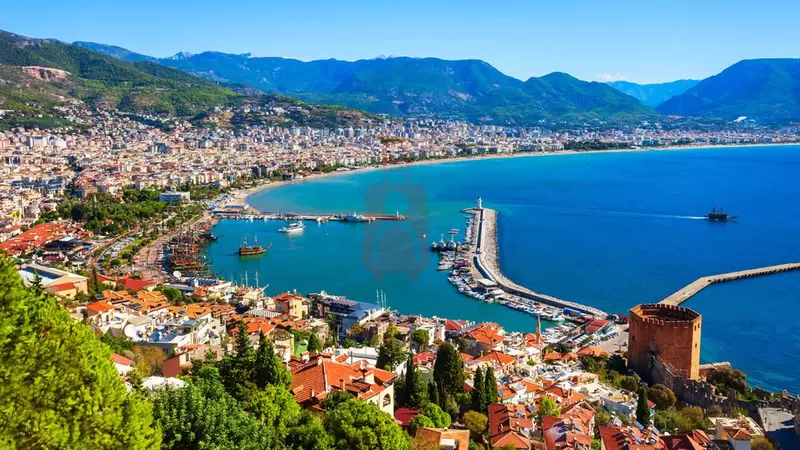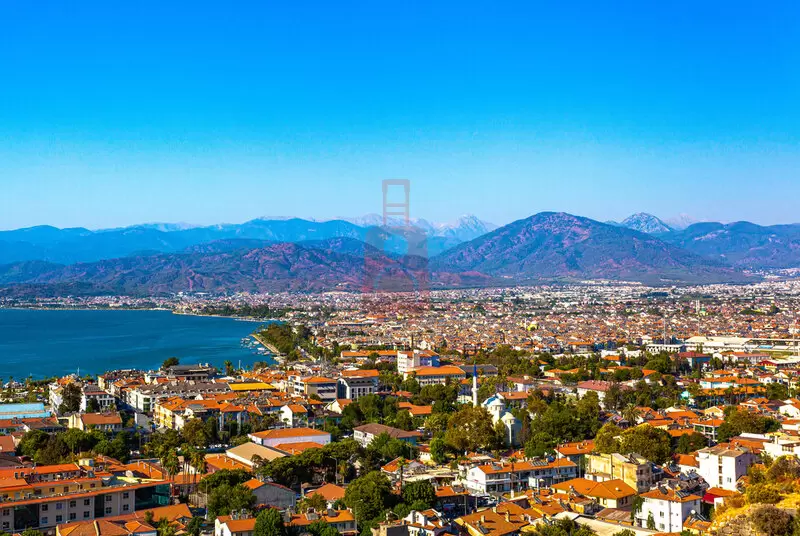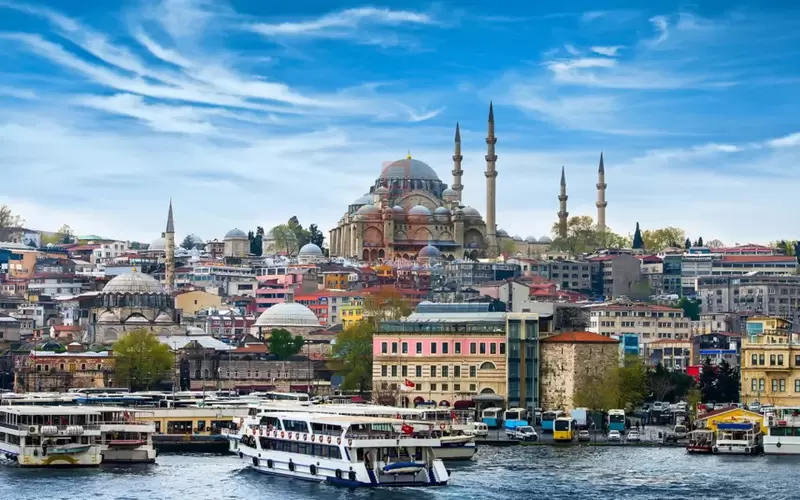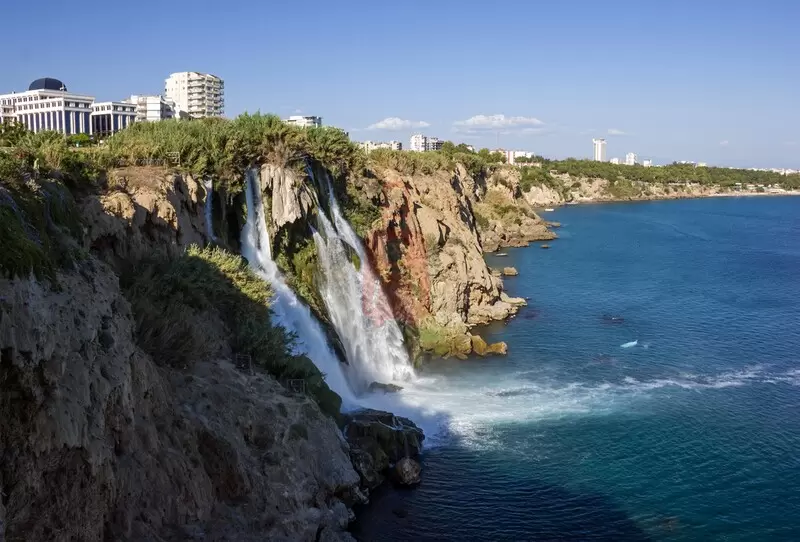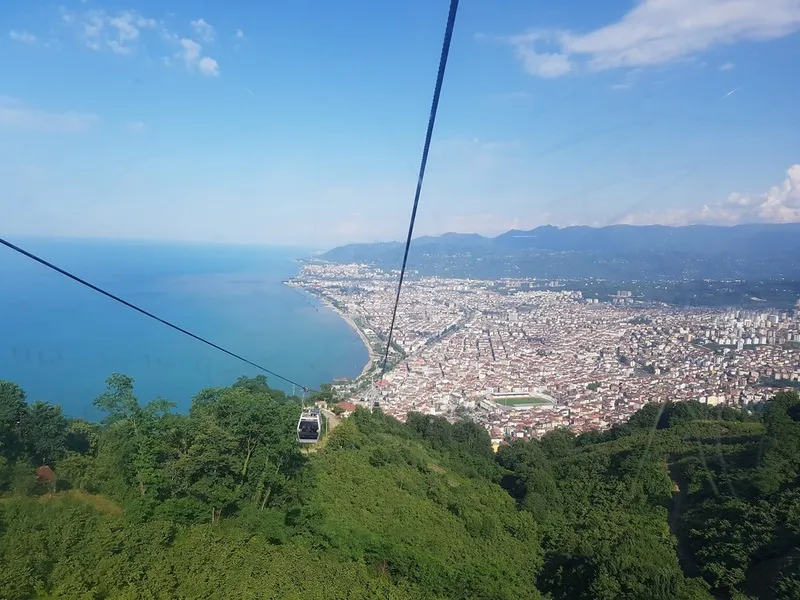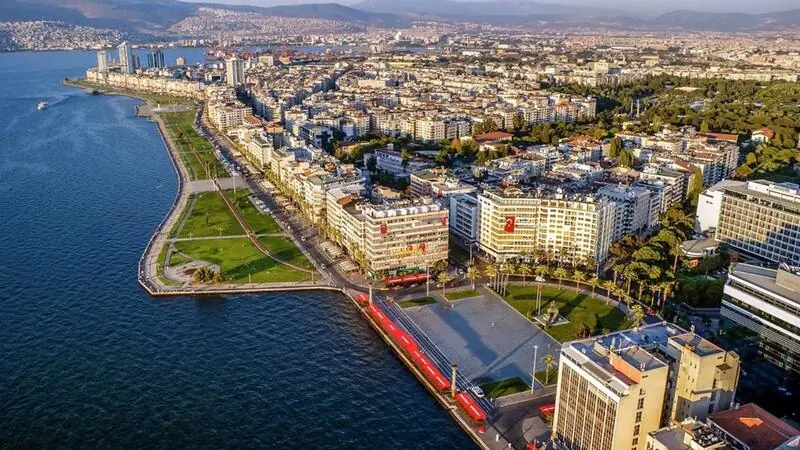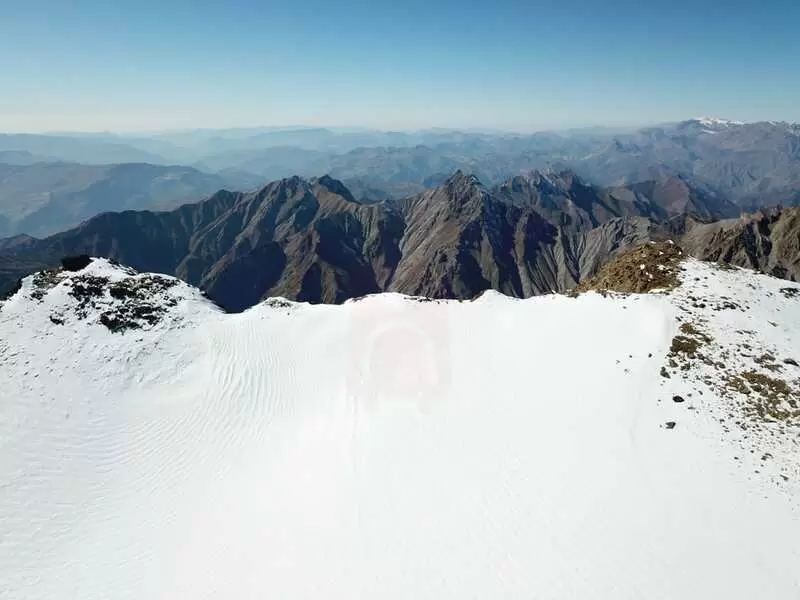
Towering over Hakkari's remote and rugged landscape lies Samdi Mountain, peaking at over 3,794 m (12,448 ft) near Turkey's border with Iraq. Its steep forested slopes experience long harsh winters and brief warm summers.
Surrounding Samdi Mountain, dense pine and juniper forests cloak valleys sustaining diverse wildlife like bears and mountain goats. Glacial streams feed wetlands grazed by nomadic herders and flocks during summer months.
Hiking trails cross alpine terrain towards vistas overlooking the scenic Cizre River valley. Outdoor activities include mountaineering, wildlife watching and visiting seasonal yayla encampments.
Further exploration leads to small isolated villages preserving indigenous traditions. Archaeological ruins indicate ancient settlements dating back thousands of years.
Samdi Mountain offers a glimpse into eastern Turkey's most remote highlands and an opportunity to experience its seldom-visited natural beauty, cultural heritage and traditional mountain lifeways still practiced in this scenic yet harsh border region.
-
Location: Samdi Dağ is situated in the southeastern part of Turkey, specifically in the Hakkari Province. Hakkari is a mountainous region near the border with Iraq and Iran.
-
Elevation: The exact elevation of Samdi Dağ is challenging to determine as there isn't widely available information. However, it is part of the larger mountainous region of Hakkari, which includes various peaks exceeding 3,000 meters (9,800 feet) in elevation.
-
Geography and Landscape: Samdi Dağ and the surrounding area are characterized by rugged terrain, deep valleys, and steep slopes. The region is known for its mountainous landscapes, including rocky formations, alpine meadows, and forests.
-
Natural Environment: The area around Samdi Dağ is rich in biodiversity and natural beauty. It is home to various plant and animal species, including endemic and rare species. The mountainous terrain provides habitats for wildlife such as wild goats, mountain sheep, and birds of prey.
-
Cultural Significance: The region around Samdi Dağ is inhabited by diverse ethnic groups, including Kurds and Yazidis. These communities have unique cultural traditions, including music, dance, and local cuisine. The mountainous landscapes often play a significant role in the folklore and traditions of the local population.
-
Accessibility: Access to Samdi Dağ and the Hakkari Province can be challenging due to its remote location and rugged terrain. The nearest major city is Hakkari, which serves as a base for exploring the region. It is advisable to plan the visit carefully, considering suitable equipment, local guidance, and safety precautions.
Please note that detailed information about specific mountains in remote regions may be limited, and conditions may vary over time. It is recommended to consult with local authorities, experienced guides, or tourism agencies for the most up-to-date and accurate information before planning a visit to Samdi Dağ or the Hakkari Province.

